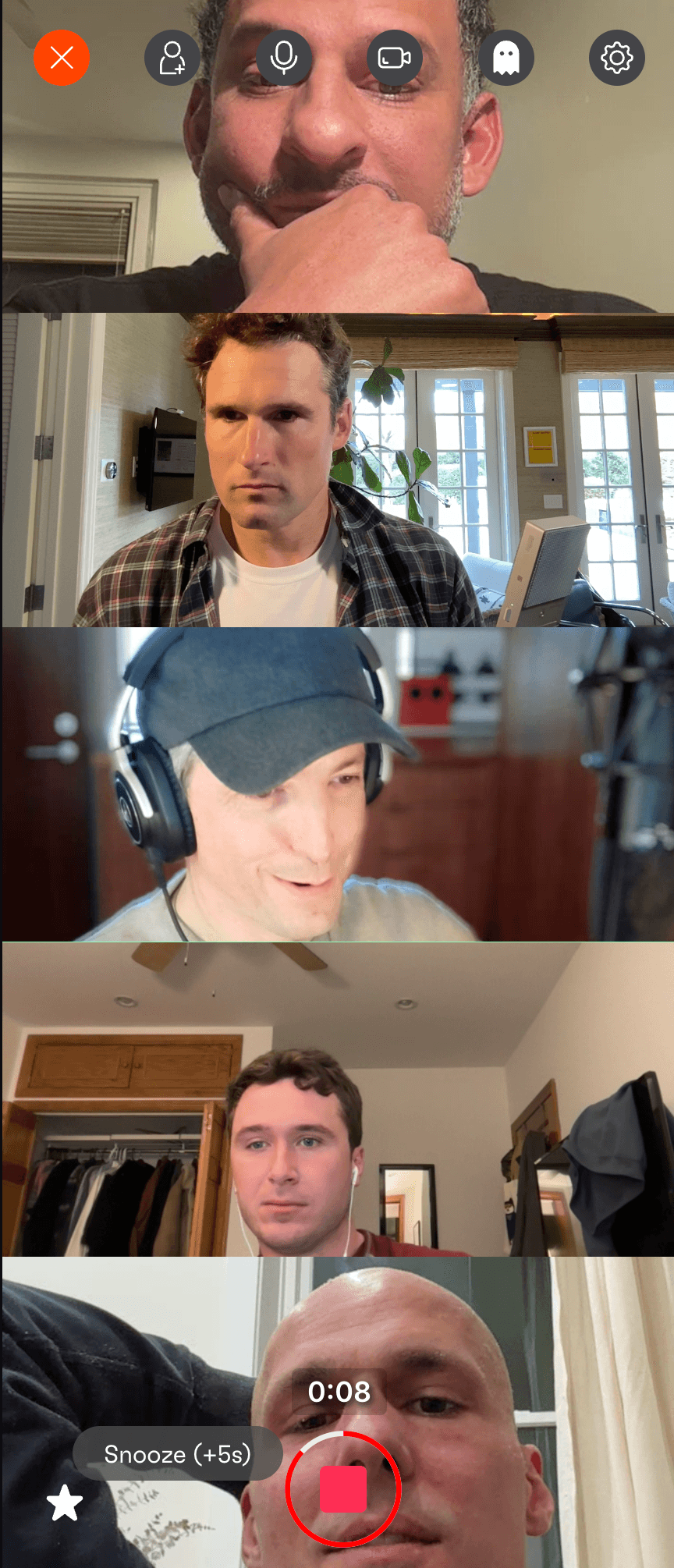How Many Bitcoin Does Satoshi Nakamoto Have?

The enigma that surrounds Satoshi Nakamoto, the enigmatic creator of Bitcoin, captivates the cryptocurrency community and beyond. As the founding figure of the decentralized revolution, Satoshi's influence persists through a piece of information shrouded both in simplicity and profound mystery: the number of bitcoin they control. Besides the technological marvel Bitcoin represents, this single entity's potential vast wealth raises myriad questions, theories, and discussions among investors, enthusiasts, and futurists alike.
Who is Satoshi Nakamoto?
The true identity of Satoshi Nakamoto remains one of the greatest mysteries of the digital age. Allegedly a pseudonym of Bitcoin’s creator from late 2008 to mid-2010, Satoshi's persona remains undiscovered. Whether Satoshi is a man, woman, group of people, or even an artificial intelligence is still debated. What remains indisputable is the profound impact their creation has had on the financial industry.
Early Days of Bitcoin Mining
Bitcoin was officially released into the world on January 3, 2009, when Satoshi mined the genesis block, also known as Block 0. This initial phase of Bitcoin was marked by the mining of blocks by the CPU of computers, demonstrating a novel proof-of-work consensus mechanism. The mining rewards were set at 50 BTC per block during this era, a figure that appeals to hindsight as especially generous given Bitcoin's soaring prices today.
Estimating Satoshi's Bitcoin Holdings
The best estimate of Satoshi's holdings comes from an analysis of early blockchain data. Notably, researcher Sergio Lerner analyzed the blockchain and estimated that Satoshi mined around 1 million bitcoin. This estimate is derived from the unique 'Patoshi Pattern,' a theoretical mining signature distinguished by a consistent nonce value pattern and by transaction and block IDs.
The blocks identified through this pattern show no instance of the mined bitcoin being moved from their original addresses. These unused bitcoins have caused endless speculation regarding their holder's intentions.
The Value of Satoshi's Fortune
Calculating the current worth of Satoshi's 1 million bitcoin is an exercise in pure fascination. Bitcoin has experienced meteoric rises and stark declines in its valuation, trading as high as tens of thousands of dollars per bitcoin. Even in a bear market, such a stash would equate to billions of dollars, potentially making Satoshi one of the wealthiest entities in the world.
Intentions Behind the Hoarded Funds
Theories regarding why Satoshi has chosen not to move or spend these bitcoins abound. These range from testing the stability of the system by refraining from engaging in transactions that could disrupt the market to holding these funds as a possible reserve for future development under existential threat. Philosophically, it could reflect a testament to Bitcoin’s core principles—a decentralized currency immune to manipulation by centralized powers.
Impact on the Cryptocurrency Market
Satoshi’s bitcoin holdings present a unique stabilizing or destabilizing potential for the market. If ever these bitcoins were to move, it would signal a significant shift not only in terms of market supply but also in confidence among traders. Yet, as years pass and these coins remain dormant, they serve as a potent symbol of how trust in the system transcends the quantitative supply.
Future Implications
The prospect of Satoshi resurfacing—or those coins being moved—keeps some investors alert with intrigue. Would such a moment undermine Bitcoin’s perceived scarcity or bolster confidence by showcasing the innovator’s ongoing trust in their own creation? Over a decade of silence suggests that the world may ponder the philosophical, economic, and technological implications of such assets remaining untouched indefinitely.
The mystery of Satoshi Nakamoto's identity and holdings is a tale intricately woven into Bitcoin’s fabric. This story is a constant reminder of the fine balance between anonymity and impact in the digital age—a dance between the tangible and the theoretical.
As the world gloomily awaits more clues, Satoshi Nakamoto’s untouched bitcoin stand as both a legacy of what has been achieved and a promise of possibilities yet to come.
Want to get cryptocurrency instantly?
Latest articles
See more





















